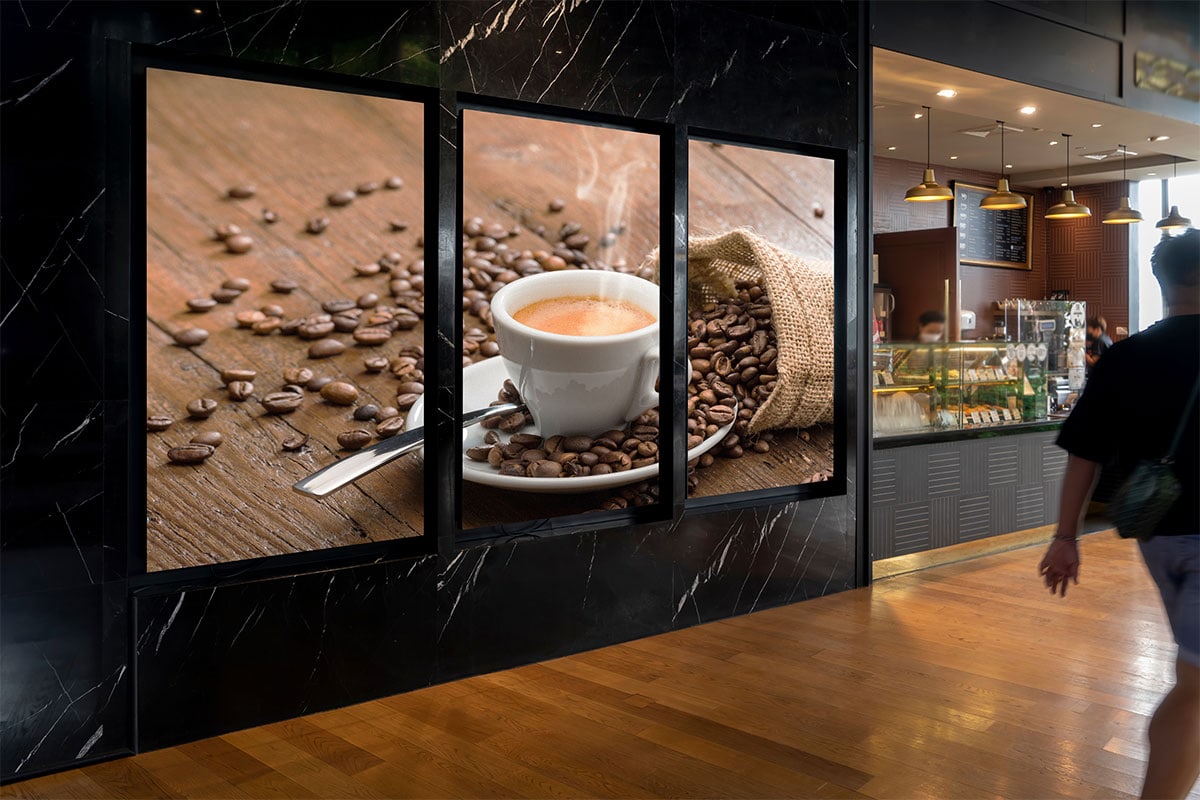Effective Tactics for Overcoming Temperature Challenges in Light Emitting Diode Wall Screens
Wiki Article
Light Emitting Diode wall screens are increasingly popular for multiple uses, including advertising, functions, and electronic displays. Nevertheless, excess heat is a significant challenge that can impact their functionality and longevity. When LED panels overheat, they may decrease in brightness, hue distort, or even fail entirely. Grasping the reasons and implementing effective strategies to control heat can assist preserve the optimal function of LED panel screens. This piece will discuss several strategies to address excess heat issues related with these devices.
One effective strategy for preventing overheating in LED wall panels is ensuring proper airflow. It is essential to install these screens in settings where air flow is adequate. This can be achieved by positioning the panels in a well-ventilated space or utilizing fans to enhance ventilation around the devices. Additionally, if the panels are installed in a tight space, creating openings or implementing vents can help dissipate heat more efficiently. Keeping a lower surrounding heat level is crucial, as it immediately impacts the performance and durability of LED panel screens.
Another way to address overheating is through the application of thermal control materials. These materials can help absorb, dissipate, or deflect heat away from the LED elements. Thermal sinks are frequently used in many electronic units, such as LED screens. These metal elements pull heat away from the LED diodes, allowing them to operate at a more secure heat level. Additionally, thermal paste or pads can be utilized to improve heat conduction between the LED elements and the heat sinks, further enhancing their cooling effectiveness.

Regular maintenance and monitoring of LED panel screens also play a critical role in stopping excess heat. Dust and grime can accumulate on the surfaces of these screens, obstructing ventilation and trapping heat. Consistent cleaning, using appropriate tools, will ensure the panels free from blockages. Furthermore, monitoring the heat level of the screens can help detect excess heat issues before they turn into severe. Using heat monitors can provide important data, allowing users to take remedial action if the panels begin to exceed secure functioning temperatures.
The use of cutting-edge technology can also help tackle excess heat challenges in LED panel panels. Many contemporary LED panels come fitted with built-in heat control systems. These systems can instinctively modify the brightness of the screen based on the temperature, reducing heat production when necessary. Additionally, software solutions can track the performance of the panels and provide notifications if excess heat is identified. Incorporating these tools can significantly enhance the longevity and reliability of LED wall panels.
In conclusion, controlling excess heat in LED wall panels is essential for ensuring their performance and durability. Applying methods such as ensuring proper airflow, using heat management substances, performing routine care, and employing cutting-edge technology can help mitigate overheating challenges. By taking these proactive measures, users can benefit from the complete see this here benefits of LED wall panels while reducing the threat of temperature-related problems. This approach not only enhances the performance of the panels but also adds to a much sustainable and efficient use of devices in multiple uses.